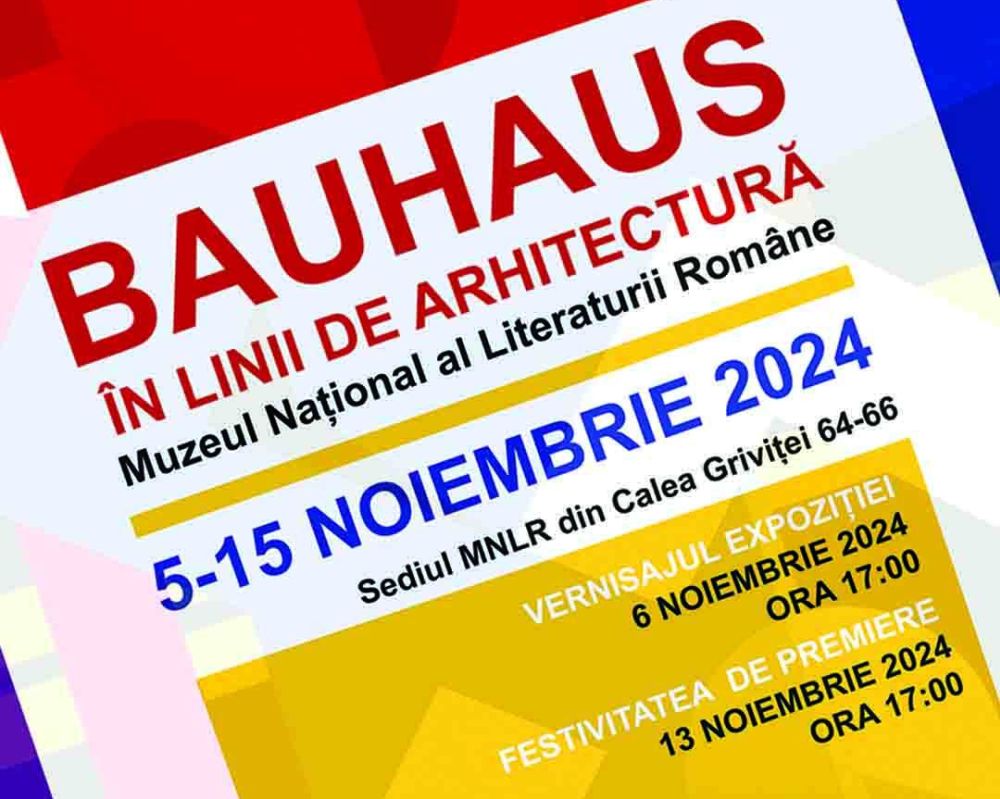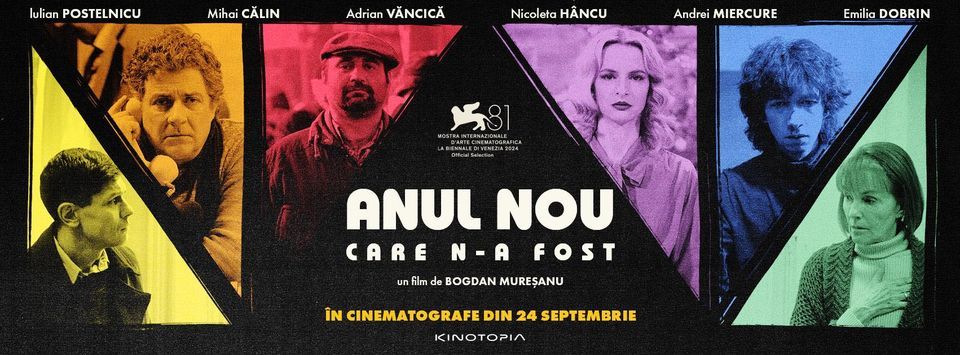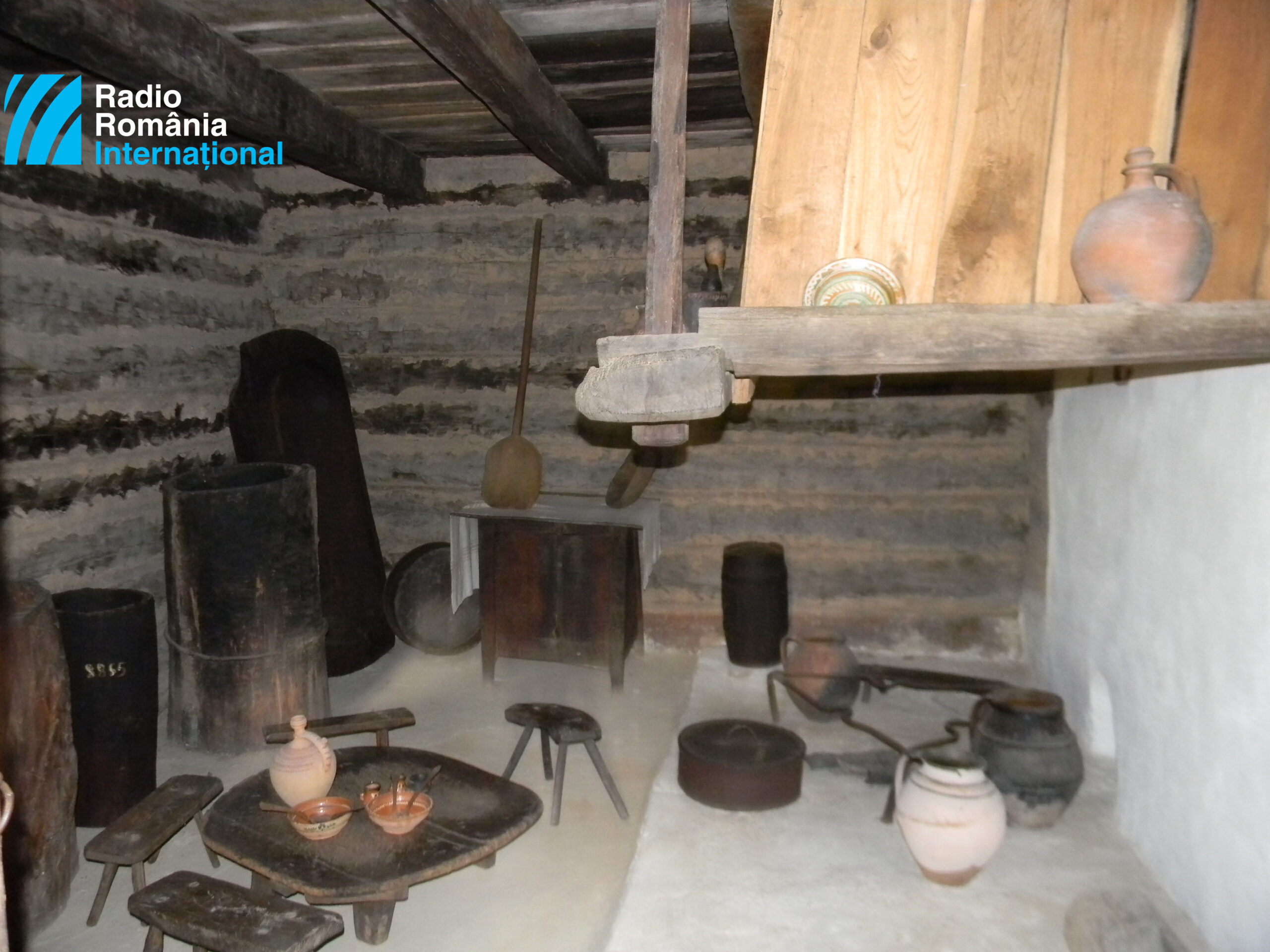The Culture Ambulance
Concerts, screenings, museum-related activities and festivals are all brought together under the umbrella of a cultural project entitled The Culture Ambulance

Ana-Maria Cononovici, 29.05.2016, 12:01
Emil Kindlein is a singer, a teacher of English and German, who also teaches the guitar. He is a passionate collector of watches, a passion he inherited from his grandfather Petru Kindlein, one of the 20th Centurys best known clockmakers in Lugoj, a town in western Romania. As a musician, a couple of years ago Emil Kindlein decided to stop singing in clubs, because he realised he didnt want his art to be “consumed together with the beers and snacks served at the tables.
Emil Kindlein talks about a recent project that he calls The Culture Ambulance: I dont know whether others need it, but we certainly do. Together with our collaborators, we stage a number of events, including concerts, screenings, museum-related activities, festivals. And the Culture Ambulance is an umbrella for these events. I think cultural operators are of two kinds: those who will organise events whether or not they get financing, and those who only operate when they get funds. We belong to the former category, we stage our events even if we dont get financing. We are independent, and we need the Culture Ambulance to express ourselves. On the other hand, other people may also need us, they enjoy the cultural events that we stage.
But how did this project start and grow? Emil Kindlein: The culture ambulance is about three years old, but we didnt have a proper official start, we have always staged events. For instance, an interesting event was the Jewels and Watches Museum, a travelling museum we took to Sighisoara, Lugoj, then to three locations in Timisoara. Then we staged the Analog-Mania festival, now in its 4th edition. The last two editions of the festival were international. Right now we have an important concert in Berlin. I am happy the Culture Ambulance has grown European, so to say, now that we work with partners from abroad. I think we‘re very good at what we do!
The Culture Ambulance is planning a lot of activities at present, including the refurbishment and upgrading of the projector booth and sound operating room of the Youth Centre in Timisoara. The operating room with its two IOR cinema projectors will be refurbished and new equipment will be brought in. Also, a fully-equipped photo-film processing lab will be set up. Audio devices will be on display, showcasing the history of recording from its very first experiences, from the gramophone, the turntable and the tape. Also, the Analog-Mania Festival will be organised in Serbia, this year as well.
For all the events they organize, the Culture Ambulance works with volunteers. Emil Kindlein tells us more about the events the Culture Ambulance prepares: We are already working on the 4th edition of the Analog-Mania Festival. Right now the Culture Ambulance is putting together a museum section dedicated to analogue technology at the Youth Centre in Timisoara. We are reopening the watches and jewels museum in a new location, and we will also be displaying the vinyl LPs we are going to produce. We have good and feasible projects.
One of the main projects implemented by the Culture Ambulance, the watches and jewels museum, usually includes repair and construction workshops for watches and jewels.
Emil Kindlein: As a spin-off of the museum project, we have offered a series of optional classes at the Montessori school, which usually organises arts and crafts classes. As soon as we reopen the watches and jewels museum, well give workshops for the general public as well. I am really happy that we can hold those workshops on a regular basis, because we believe in a museum that allows people to learn through direct participation and experimenting, to a greater extent than in a museum where things are behind the glass and are not to be touched.
How have these workshops been received so far? Emil Kindlein: Children, for instance, rediscover something very simple, they rediscover they can do something with their own hands. They discover there is more to life than a mouse, a keyboard, and a screen. It is really interesting that some of the kids who saw the things made by their colleagues and were very quick to join in trying to manufacture similar objects, found they were unable to make them because, unlike their colleagues who had been taking part in the workshops for a year, they had not developed that particular ability. I believe that Romanians are joining in this international DIY do-it-yourself trend, that is, we want to make objects with our own hands, all sorts of small art works, or just develop our handicraft abilities.






























